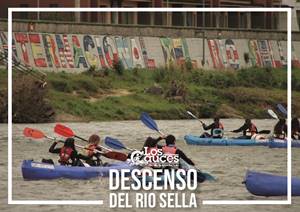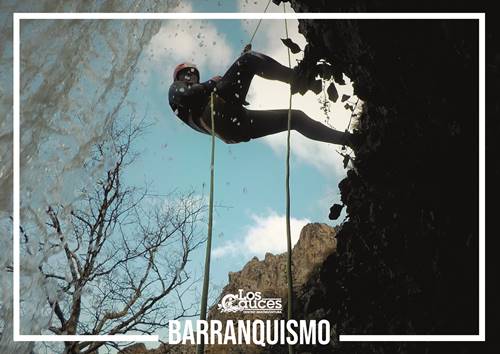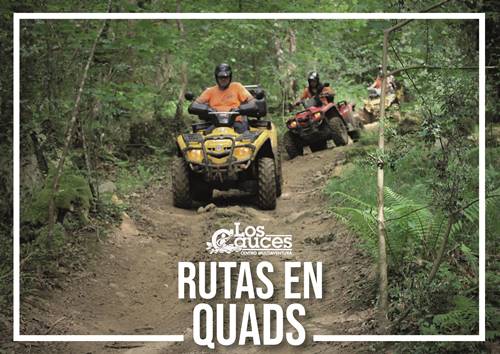¡ RAFTING en ASTURIAS !
¡NOS VEMOS en el Sella!
El rafting es un deporte que practica mucha gente en España. Hacer Rafting en Asturias, es una experiencia, que proporciona algo más que la actividad en sí. ¡Se está en el río Sella!
La actividad es emocionante, divertida y dinámica, y para los amantes de los deportes de agua, es una actividad que maravilla, y que año tras año se practica. No obstante, muchos de vosotros probablemente no la conocéis, no la habéis practicado nunca, así que me gustaría explicaros de que se trata y contagiaros las ganas y la emoción por practicarla.
En primer lugar, comentar que el término rafting viene del ingles «raft» (balsa) o sea, que cuando estamos haciendo rafting, queremos decir que estamos descendiendo en una balsa por un los rápidos de un río. La actividad aquí, se realiza en el Río Sella (Asturias), en las cercanías de los Picos de Europa. El descenso, se hace como decimos, sobre balsas neumaticas de 6 u 8 plazas, en las que siempre irá uno de nuestros guías especializados (al que en la jerga se le llama «Rafter») que dirigirá la embarcación y dará las ordenes necesarias al resto de componentes de la embarcación (vosotros), de forma que se vayan sorteando los rápidos y obstáculos, hasta llegar al punto de destino.
Para realizar la actividad, os llevamos desde nuestra base de actividades hasta el inicio del recorrido y al finalizar, os traemos de vuelta al punto de partida, donde dispondréis de vestuarios con duchas, agua caliente y gel.
Como alternativa al rio Sella, cuando este no lleve el caudal suficiente, te ofrecemos la posibilidad de hacer tambien rafting en el río Deva, en Cantabria. Este rio tiene tramos de categoría III.
A continuación, os damos una pequeña descripción de los ríos donde practicaréis esta actividad:
– Sella (ASTURIAS):CATEGORIA III. Nace en la Fuente del Infierno en los Picos de Europa, concejo de Oseja de Sajambre (León), y discurre por los concejos Asturianos de Ponga, Amieva, Cangas de Onís, Parres y Ribadesella; tiene 66km de recorrido, y desemboca en Ribadesella (Mar Cantábrico).
–Cares (ASTURIAS-CANTABRIA):CATEGORIA III-IV. Nace en Posada de Valdeón, (León) en pleno Parque Nacional de los Picos de Europa, a 1.600m de altitud en la confluencia de varios arroyos, y cuyo recorrido de 54km, transcurre por León (19kms) y por Asturias (los 35kms restantes). Es afluente del Deva, río cántabro y que desemboca en el Mar Cantábrico, formando la ría de Tina Mayor, la cual es la frontera natural entre Asturias y Cantabria. El Cares, es famoso ya que por la garganta que ha creado durante miles de años su cauce, se encuenta la llamada “Ruta del Cares”, senda turística que va recorriendo dicha garganta; todo en el corazón de los Picos de Europa!!
– Deva (CANTABRIA):CATEGORIA II-III. Nace en Fuente Dé (Cantabria), su recorrido de 64 km, hace de linea divisoria natural entre las CCAA de Asturias y Cantabria, y desemboca en el mar Cantábrico en la ría de Tina Mayor. Su principal afluente es el río Cares, además del Urdón, Quiviesa y Bullón.
Es completatamente necesario y obligatorio saber nader para poder realizar la actividad.
Si quieres información o reservar plaza, haz click aquí!





